Welcome to one of the most active flamenco sites on the Internet. Guests can read most posts but if you want to participate click here to register.
This site is dedicated to the memory of Paco de Lucía, Ron Mitchell, Guy Williams, Linda Elvira, Philip John Lee, Craig Eros, Ben Woods, David Serva and Tom Blackshear who went ahead of us.
We receive 12,200 visitors a month from 200 countries and 1.7 million page impressions a year. To advertise on this site please contact us.
|

|
|
RE: About rosettes
|
You are logged in as Guest
|
|
Users viewing this topic: none
|
|
Login  | |
|

   
estebanana
Posts: 9351
Joined: Oct. 16 2009

|
 RE: About rosettes (in reply to jshelton5040) RE: About rosettes (in reply to jshelton5040)
|
|
|
quote:
quote:
But binding is there to protect the corners and seal the end grain, and John put it, they serve as bumpers. But secondary purpose would be to give access to taking the back off.
Stephan,
How in the world would using bindings facilitate easy removal of the back or top? It strikes me that it would be much easier if there were no bindings leaving the joint between the sides and back/top visible.
_____________________________
The operative words here are 'secondary purpose'. Once you carefully and with great skill remove the bindings intact it reveals the seam between the back and lining. Then the seam can be loosened with a ultra thin case knife, warm or cold, or with the help of some drops of water. Or in some conditions with a razor saw blade- or combinations of other small bladed tools you may have. Today there are water holding gels and also the ol fashioned way, bits of kitchen sponge laid in place on the seam where it is not opening. These tricks soften the glue. The mortised ends of the braces and heel are things that take patience to open, but they will give slowly too.
Binding is in the way of this seam opening process, and unlike say a lute or oud, where the edge can be exposed giving straight forward access to the seam, the binding has to come off first. The difference between the two kinds of seams are that an opened up binding channel, that is a binding channel with the binding removed, offers a clear view and tool access to the seam with out the problem of damaging the sides, or knife splitting the wood of the top of back as easy. The seam is also minus the width of the binding and is therefore not as deep, so there is not as much glue and seam width holding the back to the linings. And as an aside all most lutes, modern reconstructions or extant do have a sections near the tail where there is a wide strip glued over where the staves converge, they may also have a parchment or wood strip glued over the top seam as an edge protective element. Those parchment strips have to be removed to get into the seam, and they are a pain in the butt and usually not worth reapplying, the fillet over the staves meeting place has to stay however.
In many conditions a guitar repair to replace a top or back, or get the back off the guitar, will entail basically routing the bindings off, the same way the binding channels are routed during construction. Then any residual binding is filed and chiseled out until the seam is exposed. Then as I explained above the seam can be opened. That method works fine as long as in the restoration plan it is acceptable to destroy a binding.
On older steel string guitars, like prewar Martins of value, some American made steel strings of older vintage, Gibson and Washburns, etc. plus all the minor brands even the cheap ones like say a Kay plywood archtop, all those instruments are candidates for binding removal especially on the back binding which is almost always a simple one piece affair. ( although not always). Specialists in that area of restoration will have to have the skills to remove a binding and later reinstall it without damaging it in order to be considered top in the field. So the binding can be considered a entry point for removal of a back or top. Anyone doing that level of restoration or repair does not take it lightly that a back will have to come off to do certain kinds of reconstruction work. The interesting thing about those old guitars is that often the binding will be plastic or celluloid, or wood, but the bindings are easier to work off because the glue is older and usually hide glue. The celluloid imitation tortise bindings on some older guitars is replaceable with modern restoration purpose materials, but the original binding is important to try to save because it often has a particular pattern of look not available now. Restorers who work in that niche have very particular clients who value as much original parts and components as can be left on the instrument and it is part of being in that market niche to be able to do provide restorations with that level of detail.
So that is my long way around to explain why I see the binding as an edge/end grain protection, but also secondarily as an entry point for back to liner seam access. I had the good fortune of working in a shop in Oakland where there was always a cycle of vintage Martins etc. opened up with the back or tops off for restorations. It's possible and quite common in high level restoration to totally deconstruct an old Martin or Gibson down to removing each brace from the top, performing a splice or other repair and rebracing the top with the same braces before reassembling the guitar. There are collectors, players and dealers who will pay good money for that caliber of work. So in that work niche the binding is considered a removal part that give access to a seam.
_____________________________
https://www.stephenfaulkguitars.com
|
|
|
|
REPORT THIS POST AS INAPPROPRIATE |
Date Oct. 28 2014 1:32:30
 |
|

   
estebanana
Posts: 9351
Joined: Oct. 16 2009

|
 RE: About rosettes (in reply to jshelton5040) RE: About rosettes (in reply to jshelton5040)
|
|
|
I was thinking your question and I don't think I can say there is one in particular, so many interesting guitars to see.
The ones you see perhaps the most in that shop are 0-18's and 0-17's made out of mahogany. I like the ones made pre-WW-II. They are not fancy, but they have a plain beauty and they almost always sound good. Usually 0-18's made in the 1920's to 40's are in for the first neck reset and maybe the second refret job. But real early ones not tampered with will still have bar frets and many dealers and players prefer to keep them stock so they get refretted with bar frets. Or if the bar frets are not too bad, you can jack them up and shim under them and re-level them.
The 0-17 ~ 0-18 is common and they go for $2000.00 to $4000.00 and sometimes a few thousand more for one in pristine condition. But with a neck reset they are still quite playable and lovely guitars. Kind of the meat and potatoes of the Martin vintage stuff.
The ones that can be very interesting and valuable are the older 19th century Martins. it's a complex history, but well documented, you can read about it online. There is lots of interesting restoration work that goes into them depending on which model and what needs to be done. Most of the time people don't play them much, but a few get played and they sound good. They have ivory on them and some have ivory bridges and tuning pegs. So today there are difficulties in ethics in how it is handled. I think there will be a lot of underground trade with the guitar that have lots of ivory appointments.
There are also quirky things like "Hawaiian" guitars with chunky square necks. If they sounds good, many people send them in to have the neck carved down so you can play it regularly instead of in your lap. Harmony made lots of them and a few other companies made them. Some people keep them square and some like them with a recarved neck.
Gibsons come in too, they have a different set of typical problems than Martins- Gibsons have very deep scalloping on the ends of the horizontal and X braces and Martins are more robust. So over time the tension of the strings causes each structural style to develop a more or less regular set of problems. Martins tend to fold in on themselves with neck moving forward and Gibsons typically have more problems due to the top getting wacky an all pulled up out of shape. So it would not be unusual to disassemble a Gibson, remove the braces from the top and treat it with a hot sand bags to press it back into shape. Or any guitar that has has a set 'S' curve in the top in front of the bridge might get that as a treatment for that condition. But usually not on guitars worth less than $6000.00 because that is an expensive job. A private owner might want that done to save a favorite guitar or a dealer if the guitar is really valuable like $10,000-$20,000, it makes it worth it for putting and utterly unplayable guitar back in shape for the market. I have also seen Martins worth prices a good deal north of those figures, but that usually have to do with nitty gritty collectors issues and not because certain "prewar" styles are better guitars than the humble 0-18's.
The American steel strings made between 1915 ish to the 1960's offer lot lot of diversity, I mean the non Gibson non Martin stuff. There are many styles made by other companies like Washburn, Harmony, Kay etc. and they are now popular to collect and not super pricey. Lot's of those can come through and they are often not expensive. Early Washburns can be found made of oak, they are really great, in fact lots of American steel strings were made of oak. The diversity of things that come though a steel string shop make it really interesting. You may get a Dobro style mandolin or a Kay archtop and each one has specialty makers you can order after market parts for. It's crazy. And the low cost Kay archtop made with plywood can also sound fantastic, so there are surprises every day. If you have a room full of flamenco guitars is just not as exciting in terms of variety. You have Conde's and Non Conde's ....hahaha!
_____________________________
https://www.stephenfaulkguitars.com
|
|
|
|
REPORT THIS POST AS INAPPROPRIATE |
Date Nov. 26 2014 1:22:40
 |
|
 New Messages New Messages |
 No New Messages No New Messages |
 Hot Topic w/ New Messages Hot Topic w/ New Messages |
 Hot Topic w/o New Messages Hot Topic w/o New Messages |
 Locked w/ New Messages Locked w/ New Messages |
 Locked w/o New Messages Locked w/o New Messages |
|
 Post New Thread
Post New Thread
 Reply to Message
Reply to Message
 Post New Poll
Post New Poll
 Submit Vote
Submit Vote
 Delete My Own Post
Delete My Own Post
 Delete My Own Thread
Delete My Own Thread
 Rate Posts
Rate Posts
|
|
|
Forum Software powered by ASP Playground Advanced Edition 2.0.5
Copyright © 2000 - 2003 ASPPlayground.NET |
0.109375 secs.
|


 Printable Version
Printable Version






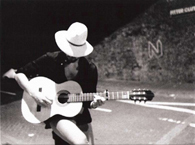


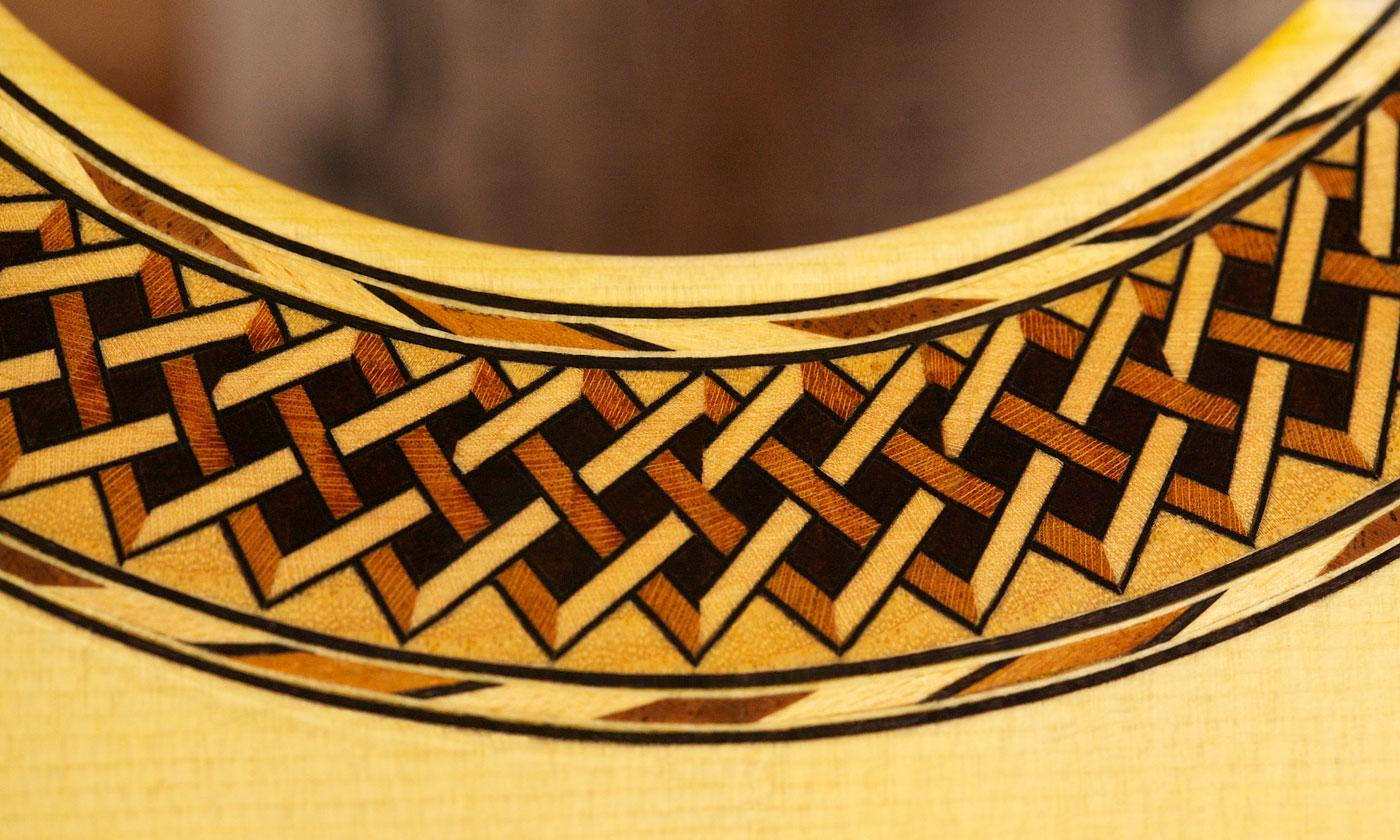

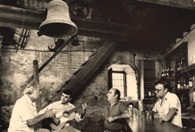
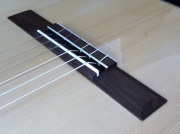
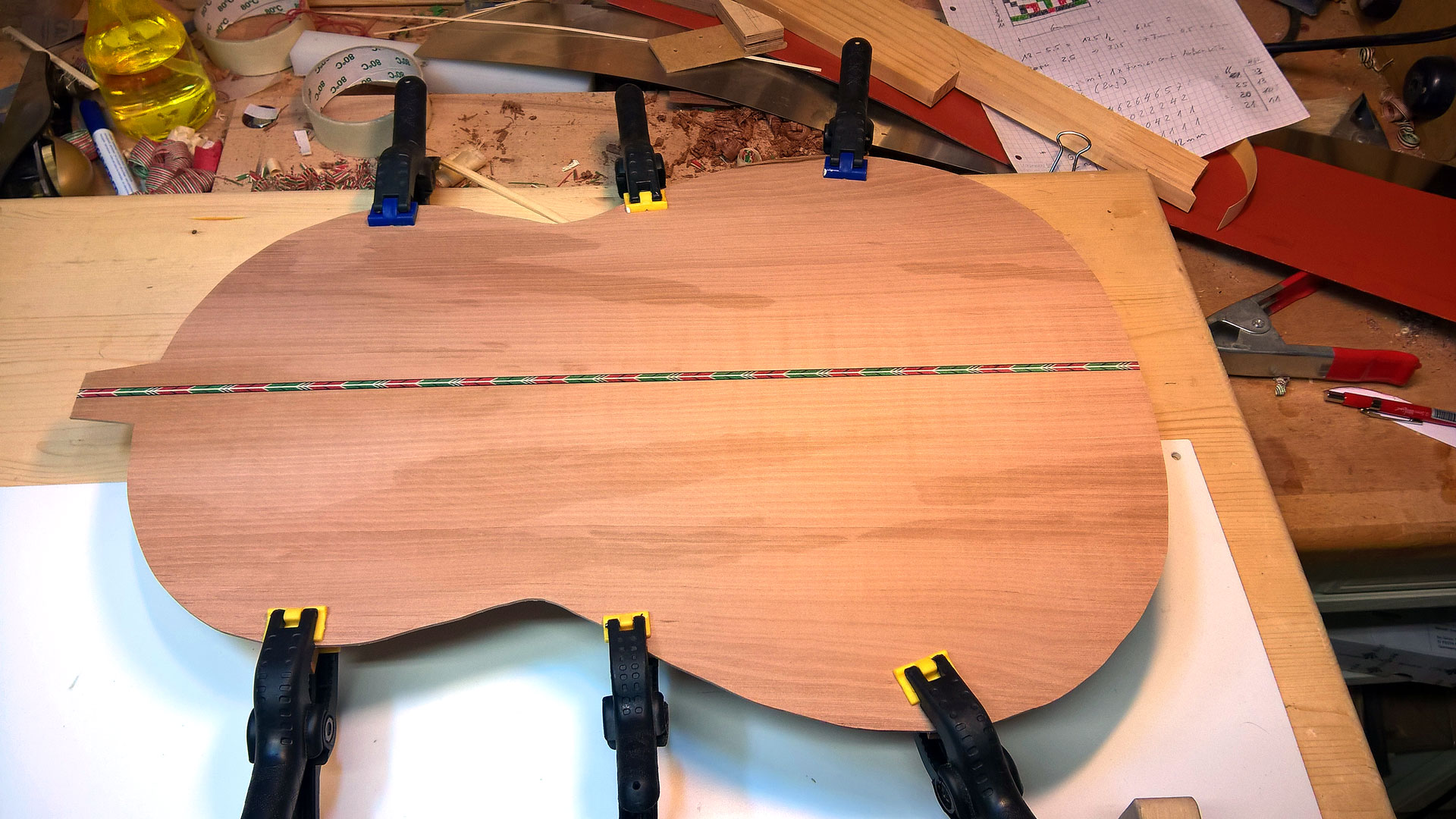
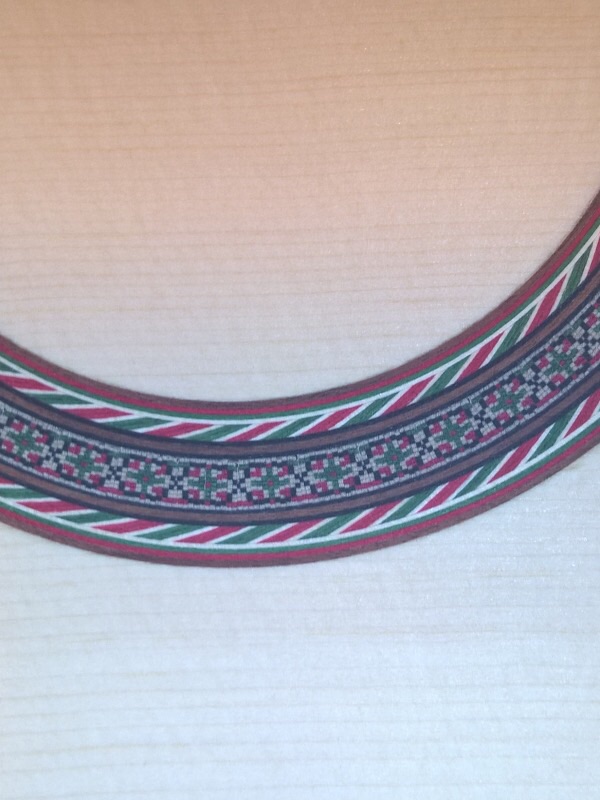
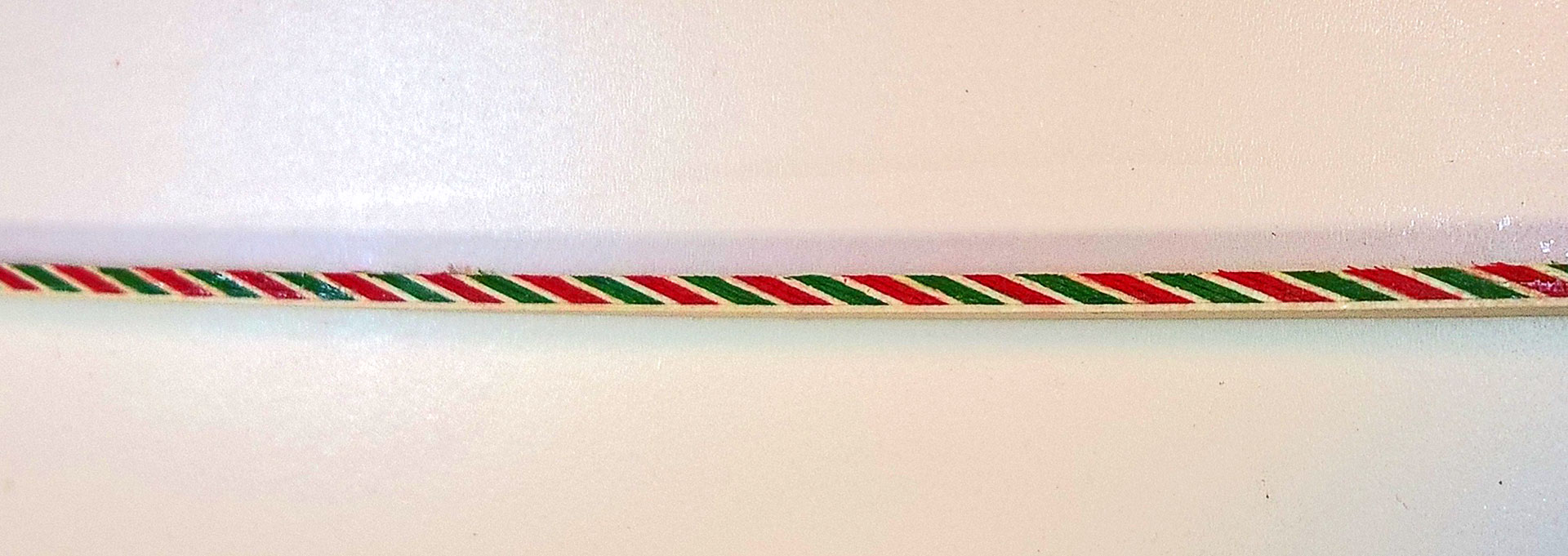
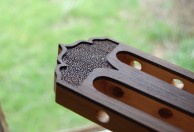
 Sometimes I'm a slow learner.
Sometimes I'm a slow learner. 
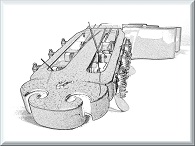
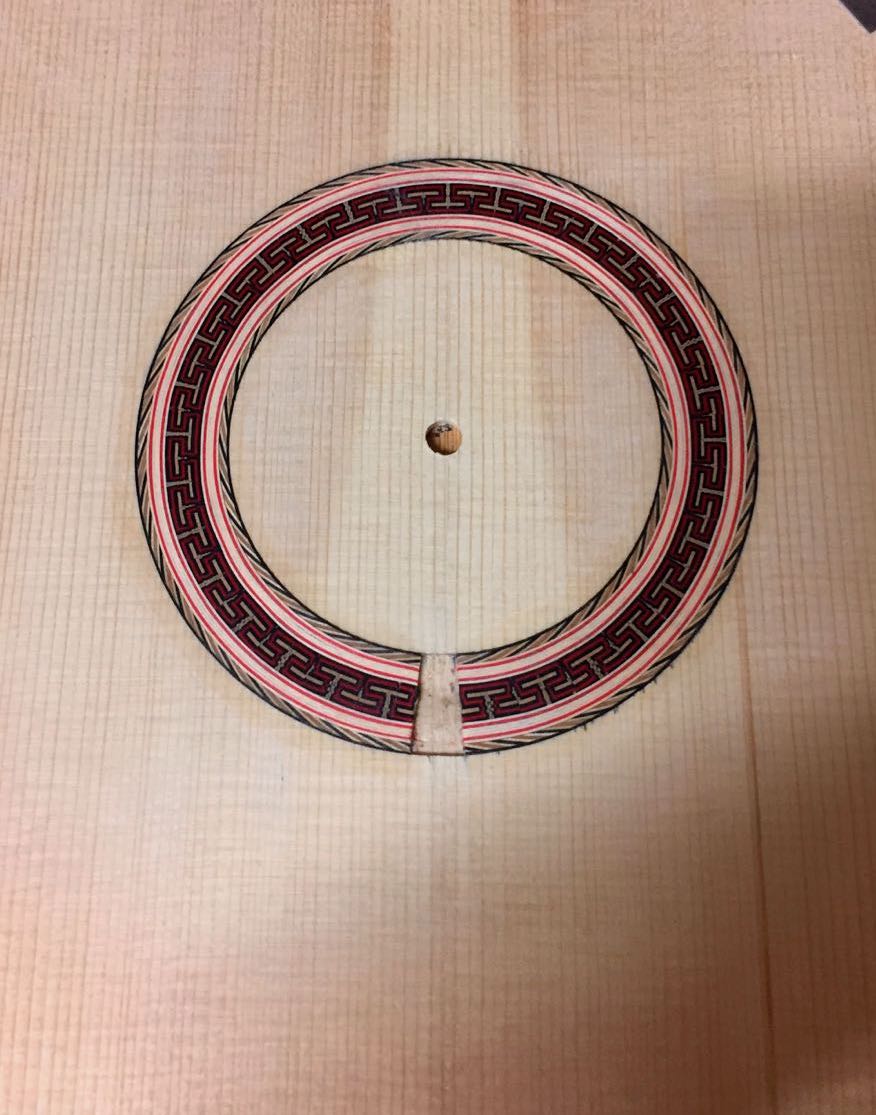
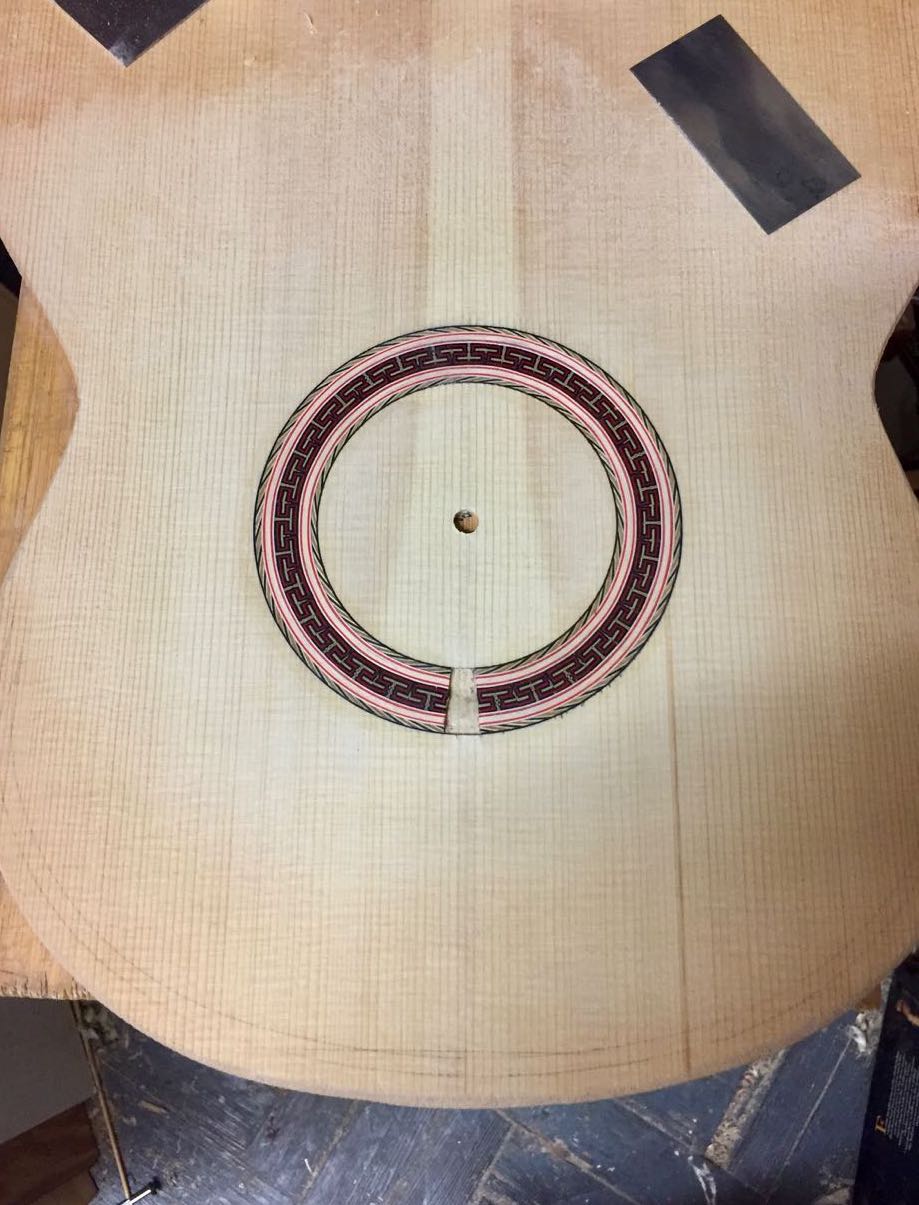
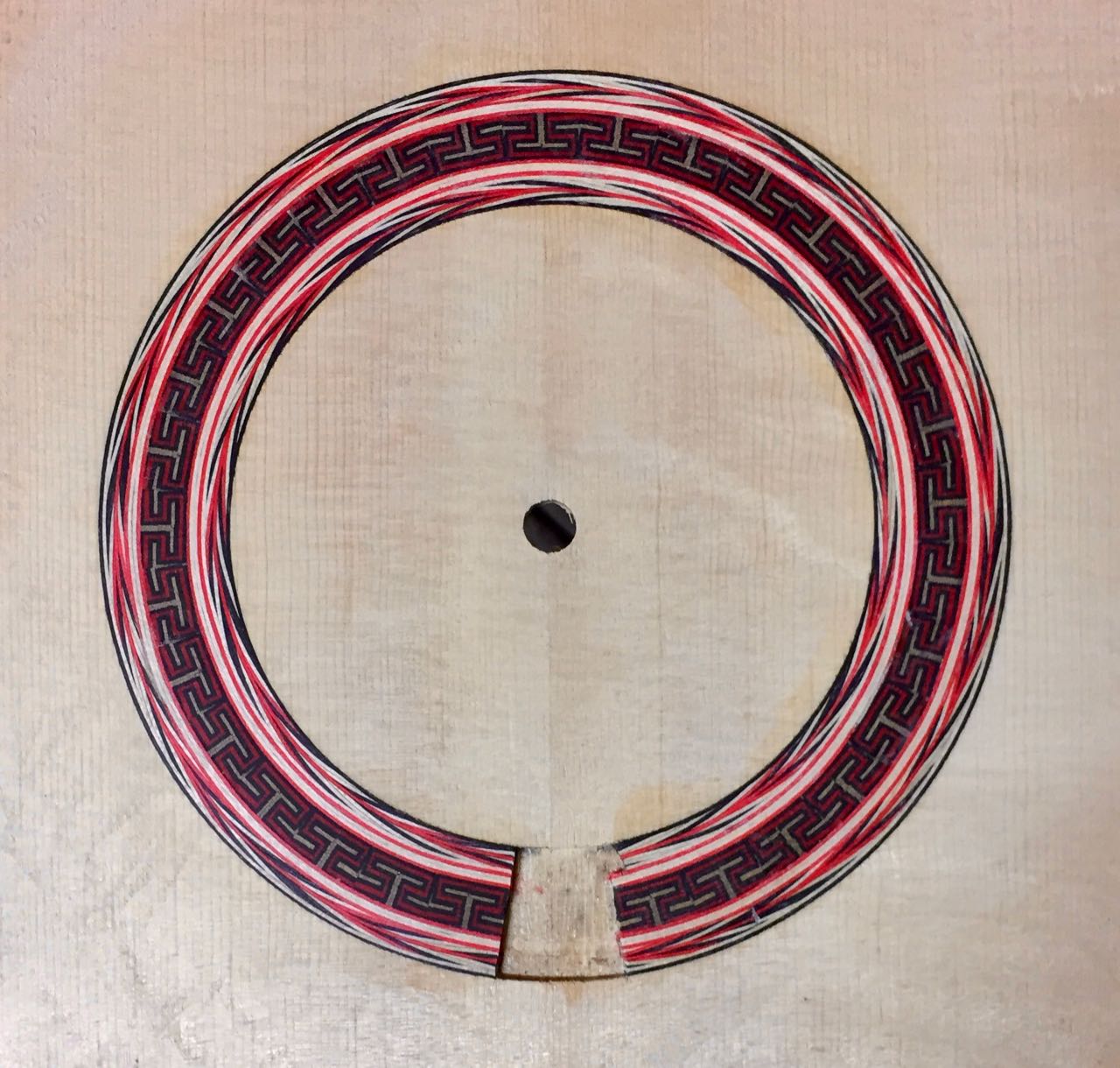
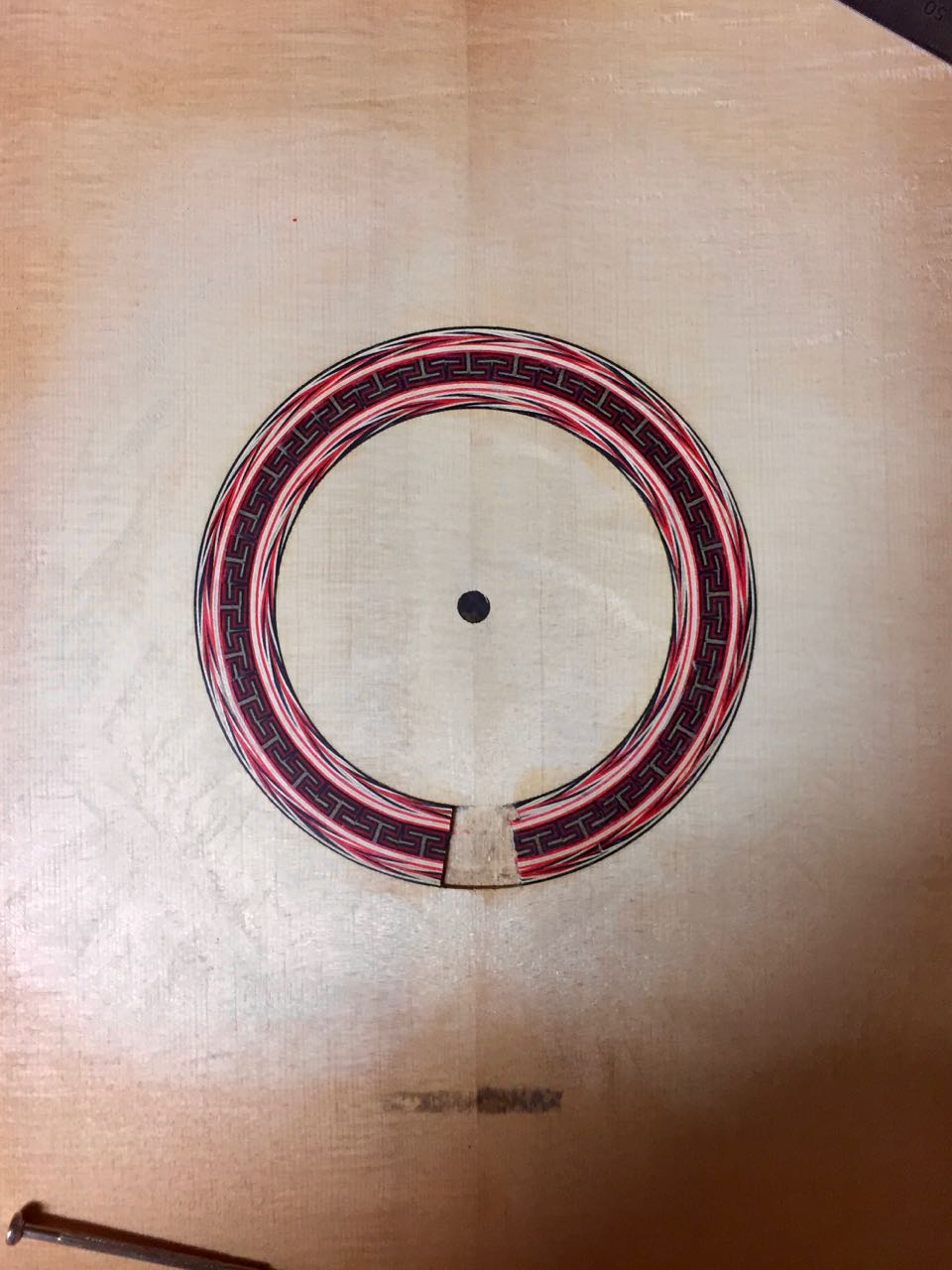
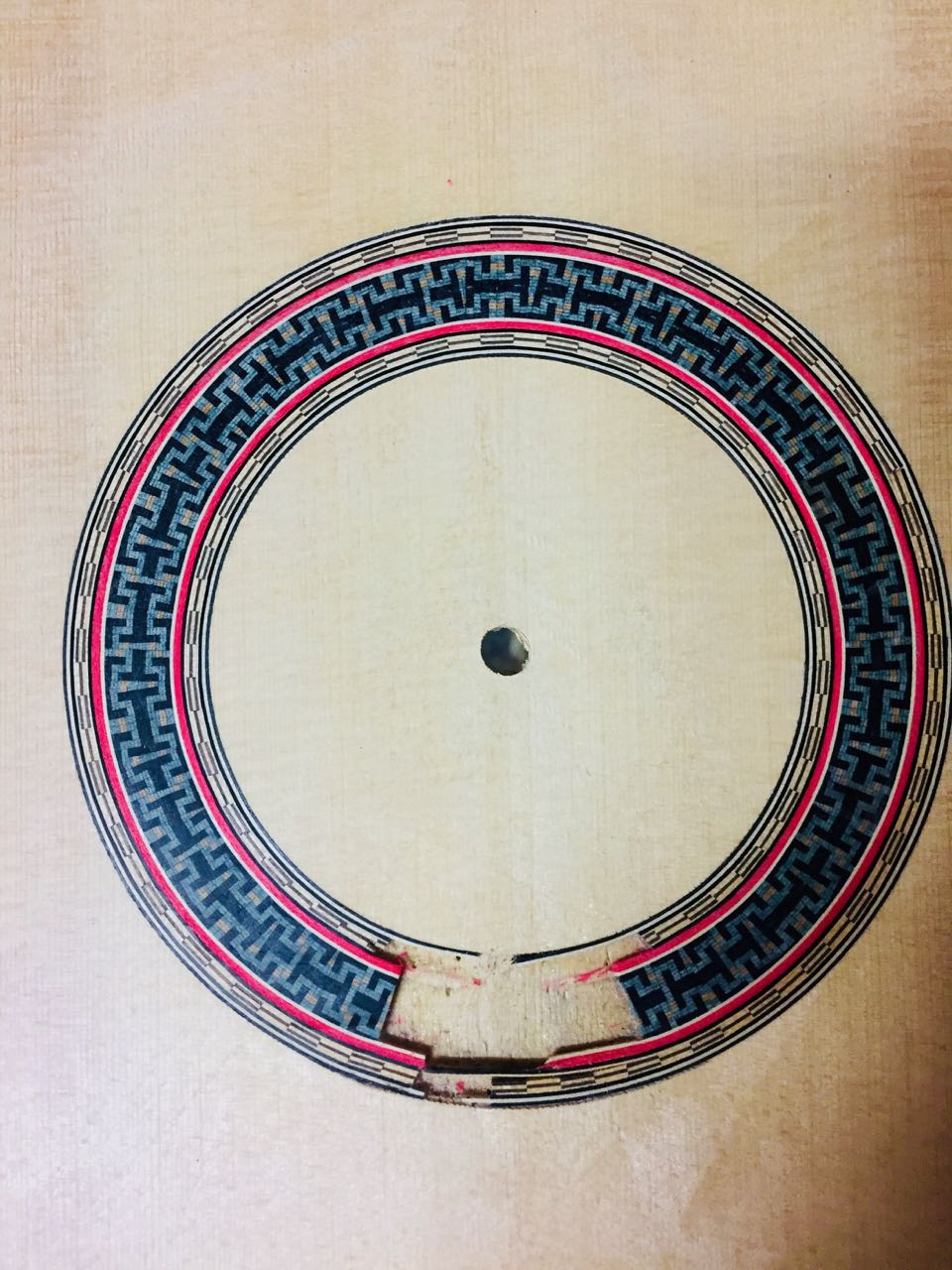
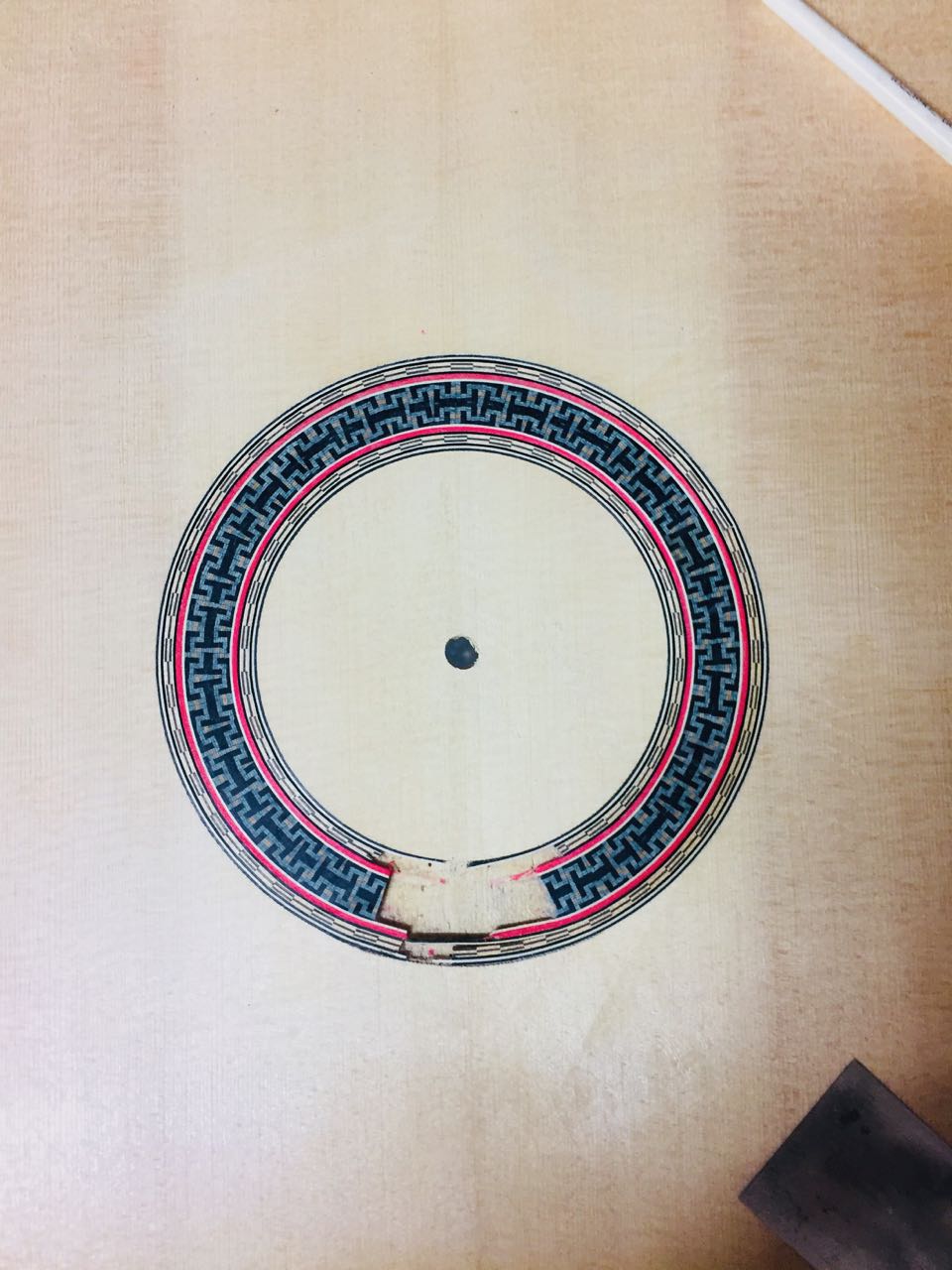
 New Messages
New Messages No New Messages
No New Messages Hot Topic w/ New Messages
Hot Topic w/ New Messages Hot Topic w/o New Messages
Hot Topic w/o New Messages Locked w/ New Messages
Locked w/ New Messages Locked w/o New Messages
Locked w/o New Messages Post New Thread
Post New Thread